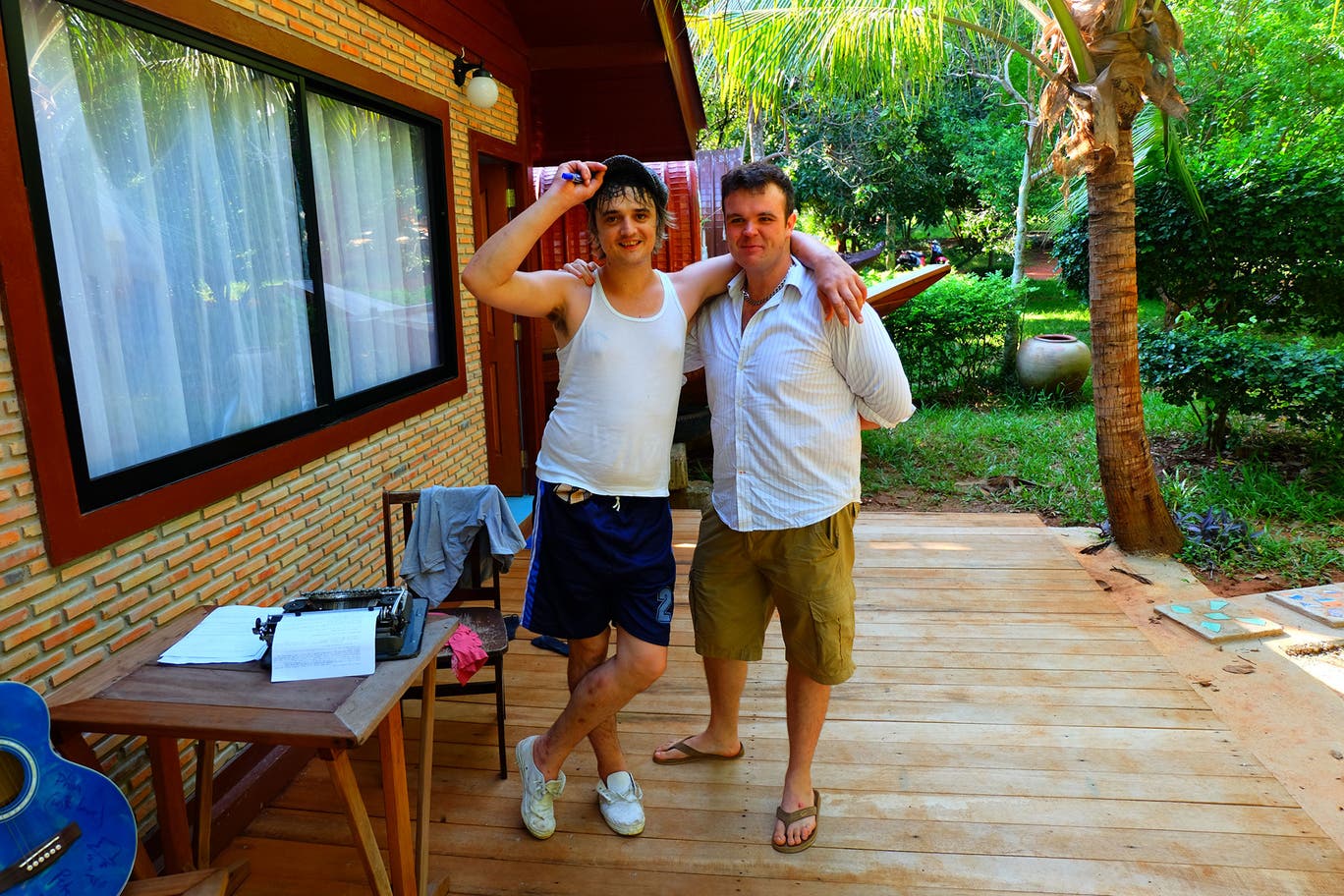Drei führende Klimawissenschaftler kritisieren die Illusion der "Net Zero-Politiken", die darauf setzen, das 1,5°-Ziel durch die Entfernung von CO2 aus der Atmosphäre zu erreichen. Sie werfen vielen ihrer KollegInnen vor, unrealistischen Konzepten nicht offen entgegenzutreten, um ihren politischen Einfluss nicht zu verlieren. Sie kritisieren auch die bisherigen Integrated Assessment Models des Weltklimarats, die von der Voraussetzung ausgehen würde, die Klimakatastrophe ließe sich mit marktwirtschaftlichen Mitteln beheben und fordern auf, deutlich zu sagen, dass sich eine Erhitzung der Erde auf 3 und mehr Grad nicht durch kleine Schritte, sondern nur durch einen Bruch mit dem bisherigen Wirtschaftssystem erreichen lässt.
Anstatt uns unseren Zweifeln zu stellen, beschlossen wir Wissenschaftler, immer aufwändigere Fantasiewelten zu konstruieren, in denen wir sicher wären. Der Preis, den wir für unsere Feigheit zahlen mussten: Wir mussten den Mund halten über die immer größer werdende Absurdität der geforderten Kohlendioxid-Entfernung im planetarischen Maßstab.
Greta Thunberg hat diesen Aufsatz als einen wichtigsten und informativsten Texte zur Klima- und ökologischen Krise bezeichnet.
Climate scientists: concept of net zero is a dangerous trap. Thread von Greta dazu auf Twitter: https://twitter.com/GretaThunberg/status/1385869663188492290

